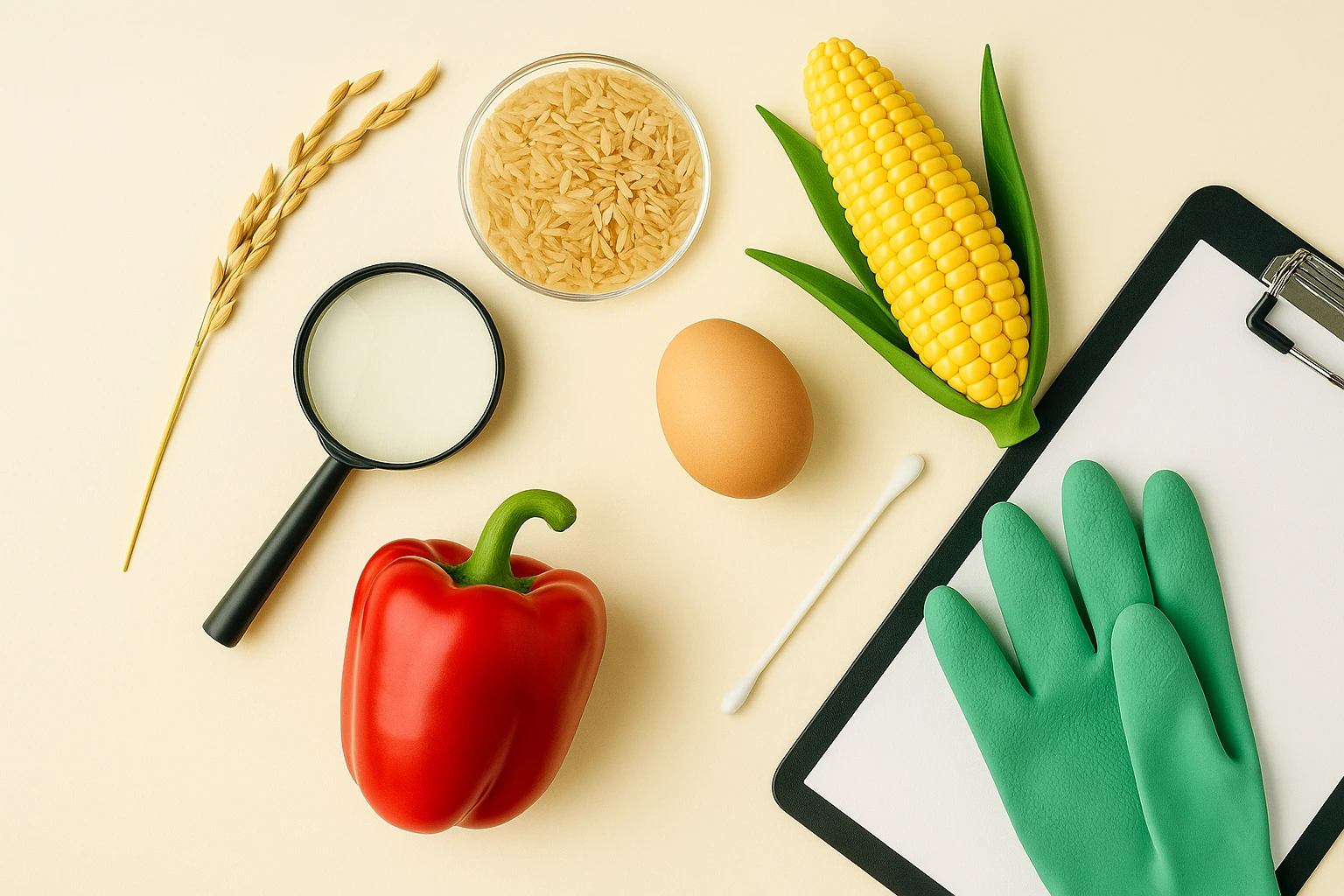Temperature Recorders for Food Transport Certification
The critical role of temperature during food transport cannot be overstated. Variations in temperature can significantly impact product quality and safety, especially for perishable goods such as dairy products, meat, fruits, and vegetables. To ensure the integrity of these products throughout transportation, temperature monitoring is essential.
Temperature recorders are designed to provide accurate data on the environmental conditions during transport, ensuring compliance with international food safety standards. These devices play a crucial role in certification processes by providing real-time temperature data that can be used to verify adherence to specified temperature thresholds.
The primary purpose of using temperature recorders for food transport is not only about meeting regulatory requirements but also enhancing the overall quality and safety of transported goods. By accurately recording temperatures, these devices help maintain product integrity, which is vital for both consumers and businesses involved in the supply chain.
International standards such as ISO 6709 and EN 12830 provide guidelines on how to measure and record temperature during transport. These standards emphasize accuracy, reliability, and traceability of data, which are critical factors when selecting a suitable temperature recorder for food transport certification.
The choice of the right temperature recorder depends on several factors including the type of cargo being transported, the duration of transportation, environmental conditions expected along the route, and regulatory requirements. For instance, perishable goods like seafood or dairy products require more stringent temperature controls compared to non-perishable items such as grains.
In addition to selecting an appropriate device, proper installation and calibration are crucial for ensuring accurate readings. Regular maintenance checks should also be conducted to ensure the longevity and reliability of the recorder. Proper training for personnel operating these devices is another important aspect that cannot be overlooked.
Ultimately, temperature recorders serve as a vital tool in maintaining food safety standards during transport. They provide essential data needed not only by regulatory bodies but also by food manufacturers, logistics providers, and distributors to ensure compliance with international regulations like those set out by the International Organization for Standardization (ISO) and European Norms (EN).
Scope and Methodology
| Aspect | Description |
|---|---|
| Type of Temperature Recorders | Passive vs. Active; Digital vs. Analog |
| Data Logging Capabilities | Frequency, Storage Capacity, Battery Life |
| Environmental Conditions Monitored | Temperature Range, Humidity Levels |
| Installation and Calibration Procedures | Steps for Optimal Performance |
The scope of temperature recording in food transport includes passive and active devices, digital and analog systems. The choice depends on the specific needs of the shipment and the regulatory requirements. For instance, passive devices like data loggers do not require a power supply during measurement but need to be periodically replaced or recharged, whereas active devices can operate continuously.
Data logging capabilities are another key aspect; they determine how frequently temperature readings are recorded, how much data can be stored before overwriting, and the battery life. Longer storage capacities and extended battery lives enhance the reliability of the device during extended transport periods.
The environmental conditions monitored also vary based on the type of cargo being transported. For perishable goods like fruits or vegetables, higher humidity levels may need to be recorded alongside temperature variations to ensure optimal preservation throughout transit.
Installation and calibration procedures are equally important for ensuring accurate readings. Proper installation involves placing the recorder in a strategic location within the transportation vehicle where it can accurately capture all relevant environmental changes. Calibration ensures that all recorded temperatures align closely with actual conditions, which is essential for compliance purposes.
International Acceptance and Recognition
The international acceptance of temperature recorders for food transport certification relies heavily on adherence to recognized standards and guidelines set by organizations such as ISO and EN. These organizations provide frameworks that ensure consistency and reliability across different regions, enhancing trust in the accuracy of recorded data.
ISO 6709, which pertains to measuring humidity and temperature in air spaces, plays a pivotal role in standardizing practices globally. This standard ensures that all measurements are made using consistent methods, thereby facilitating comparisons between different countries and organizations. Similarly, EN 12830 provides additional specific guidance for the calibration of temperature recording devices used in refrigerated transport vehicles.
Recognition by regulatory bodies is crucial; this includes agencies like the Food and Agriculture Organization (FAO) of the United Nations or regional equivalents such as the European Commission's Directorate General for Health & Food Safety. Their endorsement adds credibility to the use of these devices, making them indispensable tools in maintaining food safety standards worldwide.
By meeting these international standards, temperature recorders not only fulfill legal requirements but also contribute significantly to enhancing public health by ensuring that transported foods remain safe and wholesome at all times during transit. This adherence promotes consumer trust and supports the development of sustainable practices within the industry.





